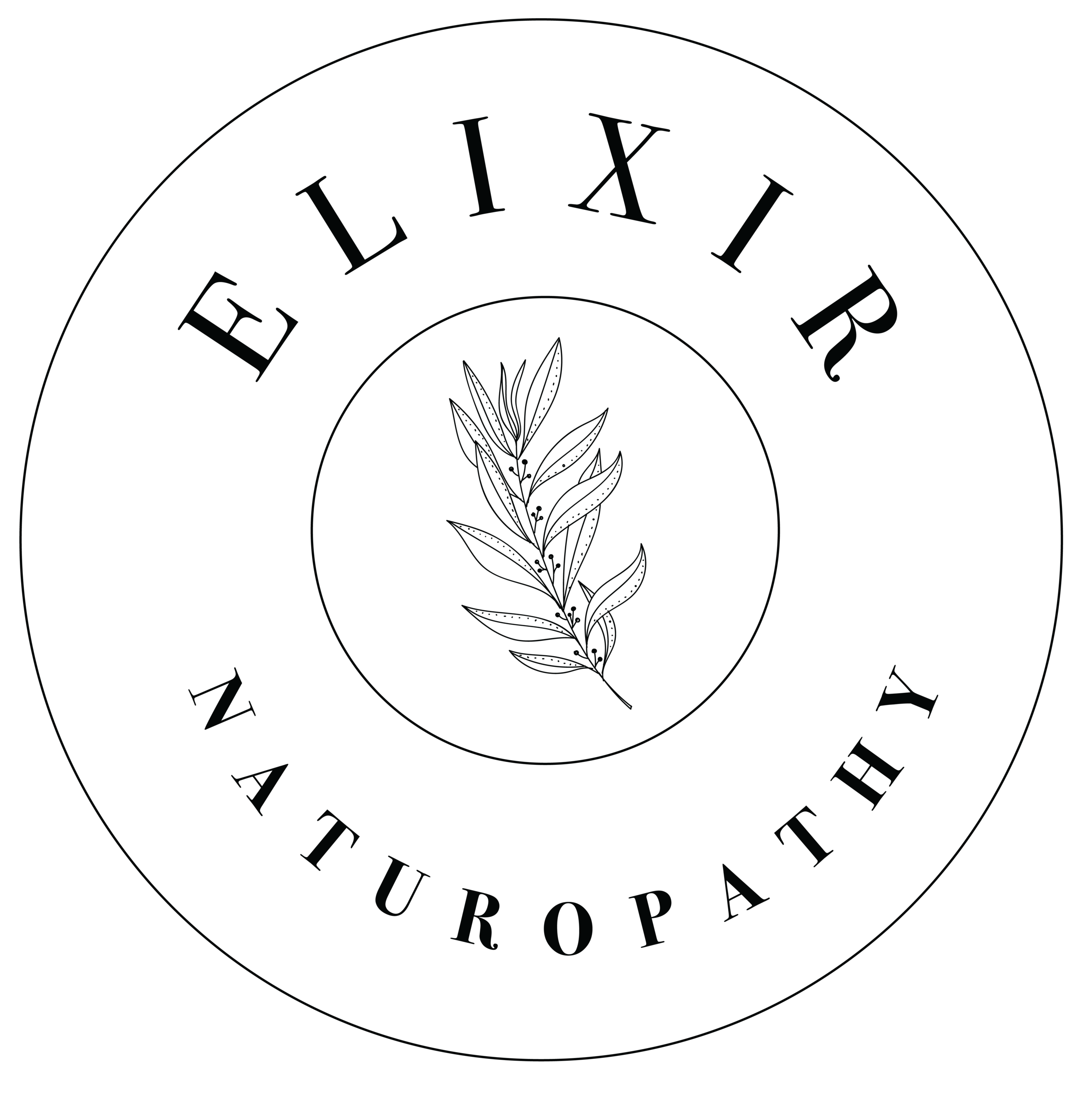Herbal Support For Breastfeeding
The postpartum period can be an extremely challenging time for a new mother. Recovering from the birth, adjusting to the lack of sleep and learning how too breastfeed.
Breastfeeding provides optimal nutrition along with immune support and a host of lifelong health benefits for a child including decreased incidence of obesity and chronic illnesses such as diabetes, allergies, and asthma. While also providing health benefits to the mother. The World Health Organisation recommends six months of exclusive breastfeeding followed by continued breastfeeding for at least two years with the introduction of solids.
Insufficient milk supply is the most frequently reported reason for early cessation or decreased exclusivity of breastfeeding in women who began breastfeeding from birth. The two most commonly cited reasons for this insufficient milk supply are inadequate feeding frequency and duration or poor latching and therefore inadequate milk transfer.
While professional lactation support should be the cornerstone in support for new mothers in navigating the challenges of breastfeeding. The addition of herbal medicine can also be of great benefit at this time to promote adequate milk supply.
Galactagogues in particular are a class of herb or food that induces, maintains and increases milk supply in breastfeeding. Nervine and anxiolytic herbs that promote relaxation have also shown to have benefit when combined with galactagogues. These herbs have a long standing traditional use that is still being utilised in today's society.
Some of my favourite galactagogue herbs for lactation include:
Trigonella foenum-graecum (Fenugreek):
Fenugreek seeds are the most commonly used herbal galactagogue in lactation formulas. Limited studies do exist showing an improvement in breast milk volume. While the exact mechanism of action is unknown, it is thought that its possible phytoestrogen and diosgenin content are responsible for its ability to increase milk production which may increase prolactin release.
There is a caution for the use of fenugreek in those with possible peanut or other Fabaceae family plant allergy due to possible cross sensitivity.
Galega officinalis (Goats Rue)
Goat’s Rue is another herbal galactogogue used to stimulate the production of breastmilk. Because goat's rue has a direct effect within the breasts themselves it is a good choice for women who did not have an increase in breast size during pregnancy or who have breastmilk supply concerns from the beginning.
Its this action on stimulating breast tissue that is thought to be responsible for its effect on increasing breastmilk production. Goats rue leaves are often combined with fenugreek seeds to optimise the outcome.
Foeniculum vulgare (Fennel)
Fennel is a licorice flavoured herb native to the Mediterranean and is best known for its culinary uses. However fennel also has medicinal uses including a galactagogue effect on breastmilk production and a carminative effect on the digestive tract. Fennel makes a great addition to a lactation formula as it has a secondary benefit in treating colic and dyspepsia in infants.
Pimpinella anisum (Aniseed)
Aniseed cookies are a traditional gift for new mothers in the Netherlands to ensure “bountiful milk”. Anise essential oil is known to enhance breast milk quantity, facilitating milk secretion and acting as a diuretic. Anise seeds also contain anethole, which is a weak estrogenic agent. It also acts as a dopamine receptor antagonist, thereby acting through increasing prolactin secretion.
Zingiber officinale (Ginger)
Ginger root contains the pungent principles or gingerols that are considered to be responsible for its pharmacological activity. Ginger is commonly used for nausea and motion sickness. Ginger also acts as an anti inflammatory and circulatory stimulant which can benefit breast circulation and reduce inflammation associated with mastitis.
While herbal galactagogues have shown to be a useful support for milk supply. It is important to continue to address all factors that may be impacting on supply and to ensure there is frequent effective expression of milk and that the breasts are receiving adequate stimulation. Without taking these measures herbal galactagogues will have a very limited impact on their own.
If you’re needing a little extra lactation support, you can find all of these herbs in my Lactation blend. I also offer 1:1 consultations for those wanting specific and targeted support.
REFERENCES:
Australian Breastfeeding Association, 2019, ‘Galactagogues: Substances claimed to increase milk supply,’ Australian Breastfeeding Association, https://www.breastfeeding.asn.au/bfinfo/galactagogues-substances-claimed-increase-supply
Bazzano et al, 2016, ‘A review of herbal and pharmaceutical galactagogues for breastfeeding’, Ochsner Journal, vol. 16, p. 511-524, https://www.ncbi.nlm.nih.gov/pmc/articles/PMC5158159/pdf/i1524-5012-16-4-511.pdf
Whitten, 2013, ‘A precious opportunity: supporting women with concerns about their breastmilk supply’, The Australian Journal of Herbal Medicine, National Herbalists Association of Australia, 2013, Vol. 25, P. 112- 123.
Gatti, 2008, ‘Maternal perceptions of insufficient milk supply in breastfeeding,’ The Journal of Nursing Scholarship, 2008, Vo. 40, Is. 4, p. 355-363, https://www.ncbi.nlm.nih.gov/pmc/articles/PMC4508856/
Turkyilmaz et al, 2011, ‘The effects of galactagogue herbal tea on breastmilk production and short term catch up of birth weight in the first week of life,’ The Journal of Complementary Medicine, 2011, Vol.17, Is. 2, p.139-142, https://www.ncbi.nlm.nih.gov/pubmed/21261516
The World Health Organisation, 2019, ‘Breastfeeding,’ The World Health Organisation, 2019, https://www.who.int/topics/breastfeeding/en/
Ghasemi et al, 2015, ‘The effects of herbal tea containing fenugreek see on the signs of breast milk sufficiency in Iranian infant girls,’ Iranian Red Crescent Medical Journal, Vol. 17, https://www.ncbi.nlm.nih.gov/pmc/articles/PMC4585338/
Bruckner, 1993, ‘A survey on herbal galactogogues used in Europe.’ Medicaments et Aliments: L'Approche Ethnopharmacologique, http://horizon.documentation.ird.fr/exl-doc/pleins_textes/pleins_textes_6/colloques2/010005528.pdf
Melissa Briggs is an experienced Brisbane based Naturopath with a particular interest in women’s health and thyroid disorders. Need help with your health? Get in touch here.


